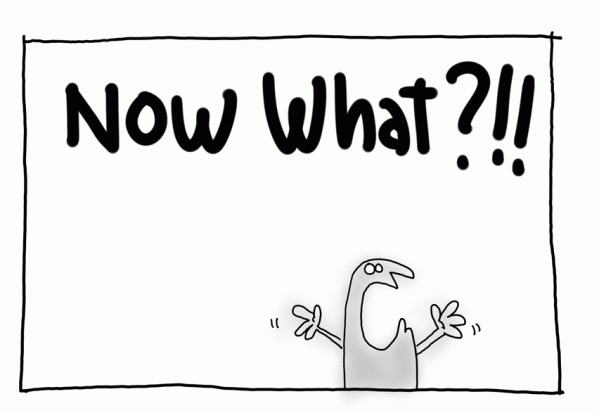Diversity in Kid Lit
This is a blog post I wrote for my SCBWI North Texas chapter last year. This is an important topic and relevant to what is happening in kid lit today. For those reasons I decided to re-post. For more information about diversity in kid's books visit the We Need Diverse Books website by clicking on the image
Books change lives. I remember the first book I read that made me cry. I was thirteen and I read Thirteen Is Too Young to Die by Isaacsen-Bright.

The story follows a young girl who is diagnosed with a disease that takes her life. The synopsis reminded me that the main character, Alexa, suffered from Lupus. I didn’t remember this tidbit, nor did I remember the character’s name. What I do remember is lying in my bed with tears streaming down my face as I read of this girl’s struggles. At thirteen I did not suffer from the same disease, so I couldn’t fully relate, but I could empathize. When I finished the book I called my best friend and declared,
“You have to read this book!”
She did and cried her eyes out too. For weeks we talked about the book and what we would do if we knew we were going to die. This book changed my life. I am not saying it made me a better person. I was still the same self-centered pre-teen, but it was the first time I contemplated a ‘what if’ in my life.
What if I knew I was going to die?
What if my life was different?
We all feel different for one reason or another. We are all diverse. Books have the ability to help us feel connected.
What exactly is diversity? It is a term used for a typically underrepresented group. In the case of my first emotional book connection it was childhood disease. After gathering information from various sources I have come to realize that diversity includes, but is not limited to, experiences involving race, religion, culture, ethnicity, physical and mental illness, physical and mental disability, gender, and LGBTQIA.
Children today have instant access to our world through internet and social media. Unfortunately social media doesn’t always portray a clear and accurate view. Inclusion of diverse characters in our writing opens an entire world of ideas and storylines to explore. As a writer this excites me!
Now before you set your pen to paper or fingers to keyboard, do your homework. Forcing diversity into a story has the potential to create unwanted stereotypes. For example, not all disabled children are outcasts and not all single parents are mothers. Our SCBWI chapter recently hosted Diversity Done Right with Cynthia Leitich-Smith, an event that highlighted the importance of treating diversity correctly in our writing.
Write about what you know. If you desire to write about what you do not know, study and learn until you know. Study mentor texts. Of course mentor texts are only part of the journey. Seek out those who know and ask questions, pay attention to discussions and topics, and as always write from the heart.
Even if you don’t feel ready to tackle a diverse character or topic, be an advocate. Organizations such as We Need Diverse Books and Multicultural Children’s Book Day continuously promote diversity in books. Join the campaign. Purchase diverse books and ask your local library to add diverse books to their inventory. If you have a personal website, blog, or social media page suggest titles to your followers. Multicultural Children’s Book Day offers a list of diverse books on their website.
Children want and need to see themselves in the pages of a book. As writers and illustrators we have the potential to change lives. Diversity in kid lit is a win-win.




















